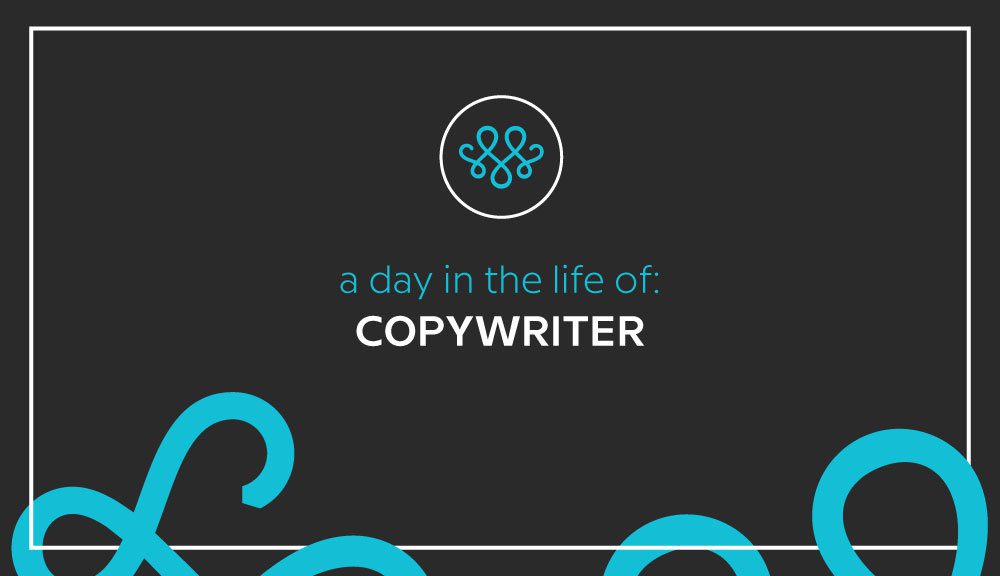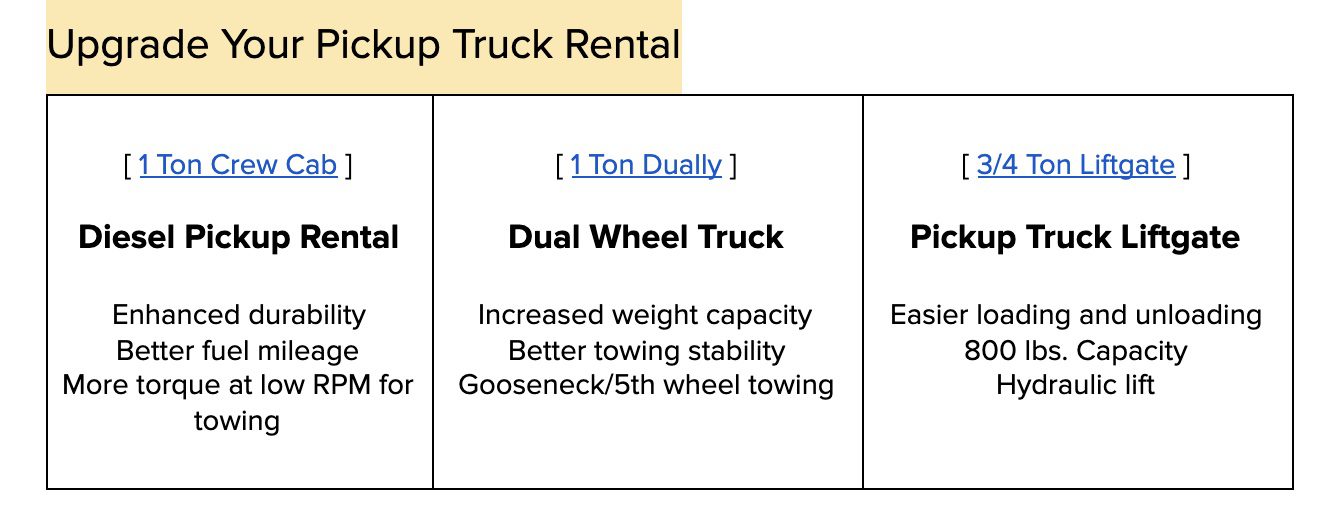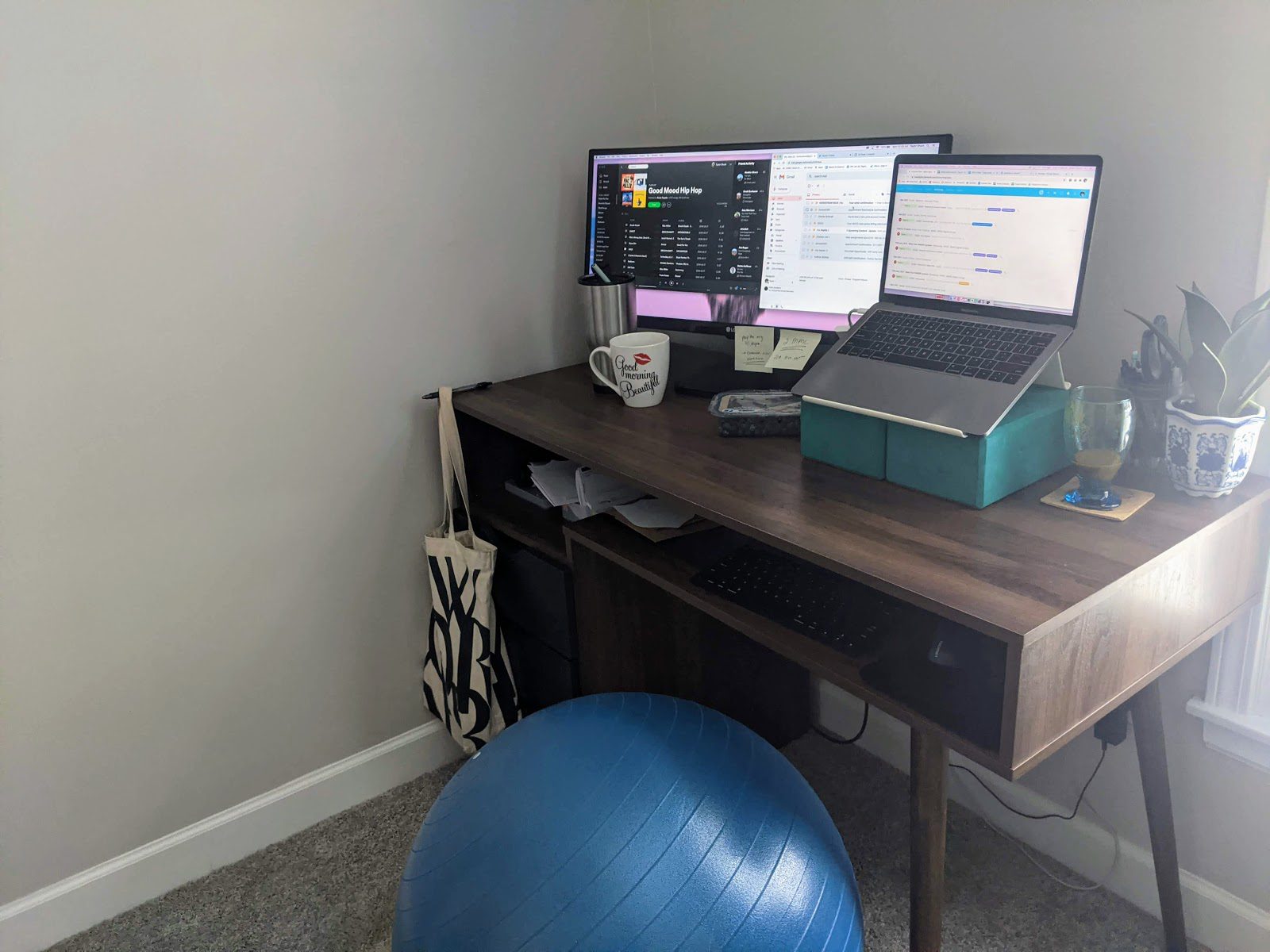
In this month’s Meet Your MAKER, our Copywriter Taylor lifts the veil on her day-to-day work to give you a behind-the-scenes tour of what it looks like to be a copywriter at MAKE. And while copywriting is a pretty straightforward job description (if it involves writing words, a copywriter usually does it), there’s a bit more that goes into producing well-written and strategic content. Read more to find out what we mean!
6:00 AM
In addition to working at MAKE, I’m also a yoga teacher, so seeing my friends at the studio (masked, of course!) and being with other people outside of my house regularly has made all the difference for me. I have learned while working from home that I have to go to yoga in the morning because it’s tough to leave my house after work hours, so I head to yoga bright and early.

7:30 AM
Probably grab a coffee from somewhere as a reward for waking up early. My favorite is McClain’s Market in Overland Park, plus their Pepperjack Burrito is genuinely life-changing.
8:30 AM
Once I’m home, I log in, check Teamwork (our project management app), email, and our Sendible account to see if anything new has happened since I’ve been away. We move fast at MAKE, so the answer is likely that things have changed a lot since I logged out last. Today it looks like I’m working on a social calendar for Design Supply, an optimized product web page for City Rent a Truck and some content production strategy for a newly onboarded client. Plus a few other random tasks here and there, like posting a blog and reviewing an email. Phew.
8:45 AM
I choose to start with the social calendar because it requires the most back and forth between me, my accounts team, and the client, so the earlier I get my requests in, the more likely we’ll be to hit our deadline.
When creating a social calendar, I like to know a few things:
- What’s going on that month for the client? Any anniversaries, trade shows, internal events etc that need to be highlighted?
- What new projects has your team worked on?
- Are there any seasonal industry-specific insights I should keep in mind?
Strategizing ways to improve a social calendar for a client is difficult because you don’t know what’s going on at their physical location. As copywriter, I encourage client participation in the research and brainstorming portion of the calendar because it will allow me to create a more honest look at who they are as a business—which is the purpose of social media. If it’s just me making it up, it becomes pretty clear that a marketer (not a real live employee) is behind the work. And no one wants that.
10:15 AM
Once I’m in a good enough place with the social media content, I switch gears to my content optimization. We’re working with City Rent a Truck to create paid social media and display ads for a few of their vehicle pages, but that means we need to optimize their current content before sending people to the site. I look at the research Austin (our SEO “Wizard”) sent over to see where I can add new keywords and what types of opportunities we have for new content.
For this piece, I found many opportunities for new content including: Dual wheel pickup truck, truck with liftgate, and diesel trucks—so I decided to create a content block dedicated to “Ways to Upgrade Your Pickup Truck Rental.” I get bonus points because it also provides us with opportunities for crosslinking!
Here’s what the document looks like:

Noon
Lunch! My husband is on a recent health kick, so that means I’m eating broccoli. So, that’s fun I guess. I also go out and play with my dog for a bit because she is begging me with her sweet face. See pic for reference:

12:45 PM
Quick meeting with Maggie, our intern, to check in on her progress. In addition to being a copywriter, I also manage our intern, so I have to keep up with what she needs and how things are going! I enjoy it, but maybe only because she’s so easy to work with.
1:00 PM
Time to start strategizing for our new client. This will likely take the entire afternoon because I like to break it up into a few sections: Researching the client, researching the competition, researching the social media, and compiling questions.
Before I went into marketing, I went to school to be a print journalist (a big dream, I know). So I love this type of creative and strategic thinking because it allows me to put my journalist hat on for a bit. I start by researching the client, looking at their website to see if I can understand what they do without the context of onboarding meetings. It seems like, for this client, I get the premise of their offerings but am not sold on why I should pick them as a company for services.
2:30 PM
Time to check what they’re talking about on social media. I love this part of the research because you see what they care about. Some companies hone in on their people, so you start to understand that culture and authenticity are essential to them. Others highlight industry blogs or their content, clearly trying to present themselves as experts in their industry.
This client hasn’t posted much in the last few months, meaning there’s a good opportunity to start fresh without having to fit into pre-existing expectations that the audience has.
3:00 PM
From what I can tell, this client prioritizes industry expertise over pretty much everything else—which means we need to know what other industry leaders are doing in order to really own this competitive space.
I’m looking for things like:
- Ways we can improve the website to boost sales and conversions based on what others are doing
- Blog topic ideas that must be covered because everyone is talking about them + gaps in content that our client could really hone in on, like video marketing
- Basic look and feel of a website to gain an understanding of what potential clients might already be used to from competitors. We call this a barrier to entry, meaning what do we HAVE to do in order to be seen as a good option to our potential clients.

My work-from-home set up: Good Mood Hip Hop playlist from Spotify, makeshift ergonomic work station with yoga blocks and an exercise ball, and three drinks (minimum) at all times.
3:45 PM
Now, I compile everything into one brainstorming document, looking for places where I think I need more information in order to make smarter recommendations. Obviously, the client is the expert at what they do—so I need to figure out how to ask the right questions that help us figure out how to be the experts at what we do for them specifically.
Based on my research, these are just a few of the questions I come up with:
- Can you prioritize your top 3 business sectors? If not, why do you think that is?
- Who does a stakeholder have to convince in order to start your services? What kinds of things do you think that the secondary stakeholder is looking for that the first one wasn’t prioritizing?
- What’s a common trigger for a client that makes them realize they need to seek out support?
- What makes your team a good solution (or a better solution) than a team that may already exist in a company?
- What does success look like to your clients after they work with you? How do they evaluate that?
We have a working session scheduled with their team on Tuesday that will involve us asking these questions and more, plus just simple open dialogue, to give us a better foundation for their digital marketing strategy moving forward. Without their insights, our marketing strategy would be pretty generic; having an intense understanding of their goals, dreams and future plans will help us create a personalized plan that maximizes their investment in us while also maximizing their returns.
5:00 PM
OK I’m done for the day, time for a final check of all the essentials to make sure I didn’t miss anything important: Teamwork, Slack, Gmail, Twitter, you get it. To signal that my day is officially done, I take off my Blue Light glasses and turn on Below Deck.


